Houseplants are a fantastic way to brighten up a home, improve air quality, and bring a touch of nature indoors. However, for cat owners, it’s crucial to choose houseplants wisely. Many common indoor plants are toxic to cats, and ingestion can lead to a variety of health problems. Here are ten houseplants that are toxic to cats, and what you need to know to keep your furry friends safe.
1. Lilies (Lilium spp.)
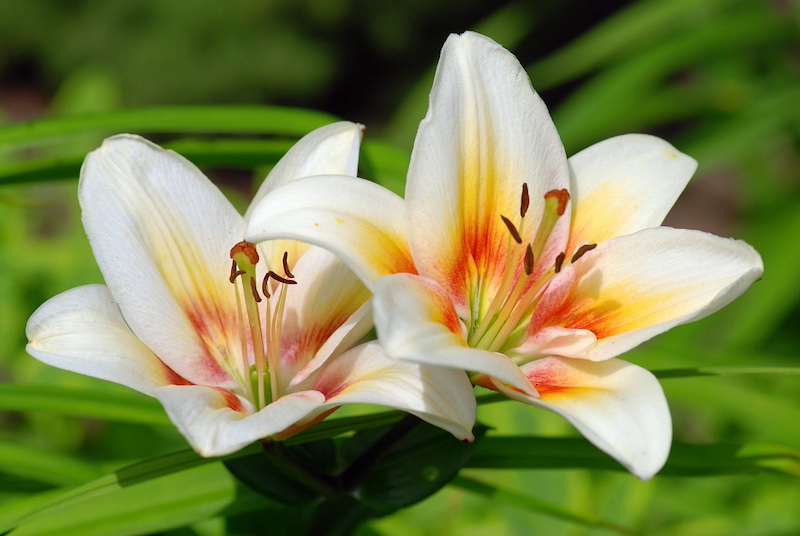
Lilies are beautiful and fragrant, making them a popular choice for indoor decoration. However, all parts of the lily plant are extremely toxic to cats. Ingesting even a small amount can cause severe kidney failure. Symptoms of lily poisoning include vomiting, lethargy, and loss of appetite. If you suspect your cat has ingested any part of a lily, seek veterinary help immediately.
2. Aloe Vera (Aloe barbadensis miller)
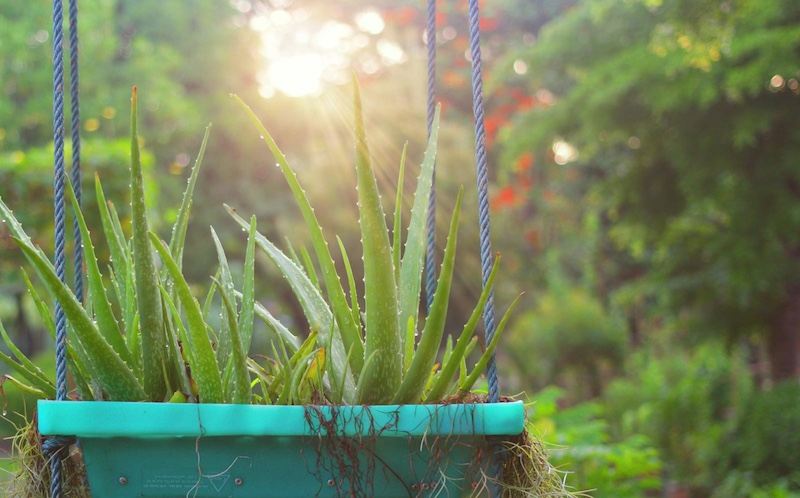
Aloe Vera is well-known for its medicinal properties and is often kept indoors for its ability to soothe burns and skin irritations. Despite its benefits for humans, Aloe Vera is toxic to cats. The plant contains saponins and anthraquinones, which can cause vomiting, diarrhea, and lethargy if ingested by cats.
3. Dieffenbachia (Dumb Cane)
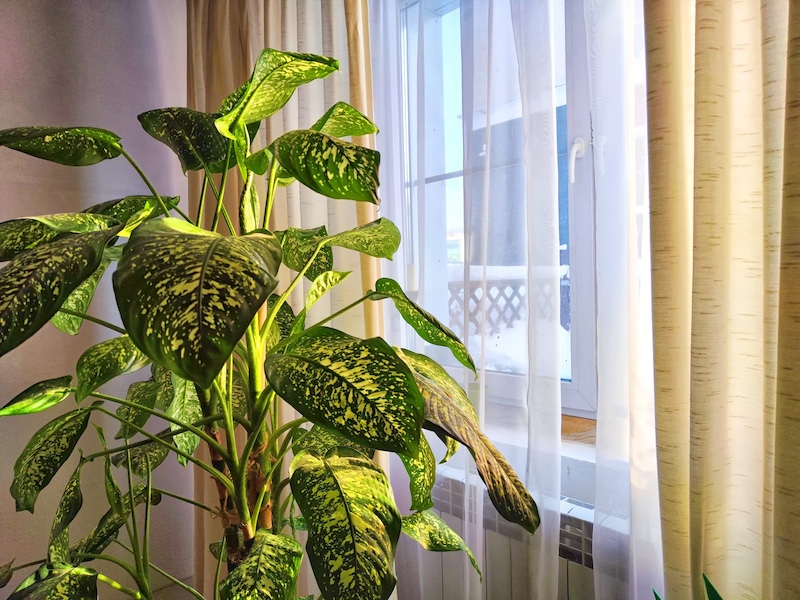
Commonly known as Dumb Cane, Dieffenbachia is a popular houseplant due to its attractive foliage. However, it contains insoluble calcium oxalates that are toxic to cats. Chewing on or ingesting the plant can cause oral irritation, intense burning and irritation of the mouth, tongue, and lips, excessive drooling, vomiting, and difficulty swallowing.
4. Pothos/Epipremnum aureum (Devil’s Ivy)
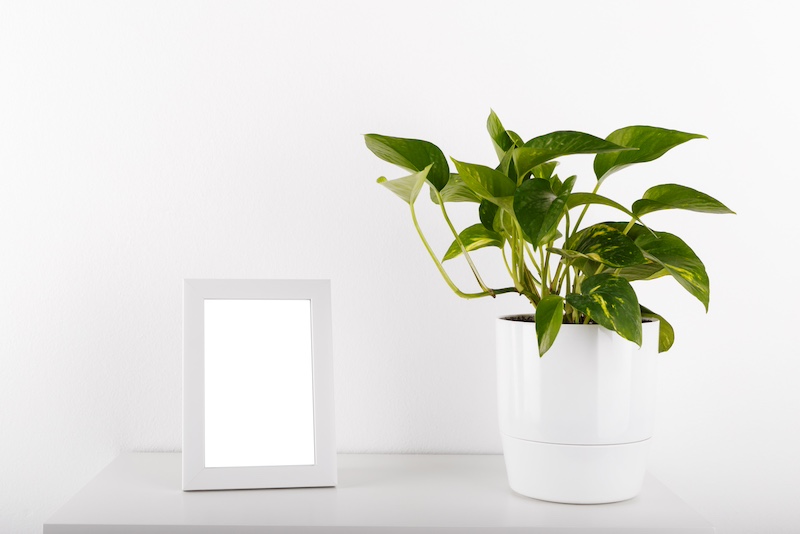
Pothos, also known as Devil’s Ivy, is a hardy and low-maintenance plant. While it’s great for inexperienced gardeners, it’s not safe for cats. Pothos contains insoluble calcium oxalates, which can cause oral irritation, vomiting, and difficulty swallowing if ingested by cats.
5. Sago Palm (Cycas revoluta)
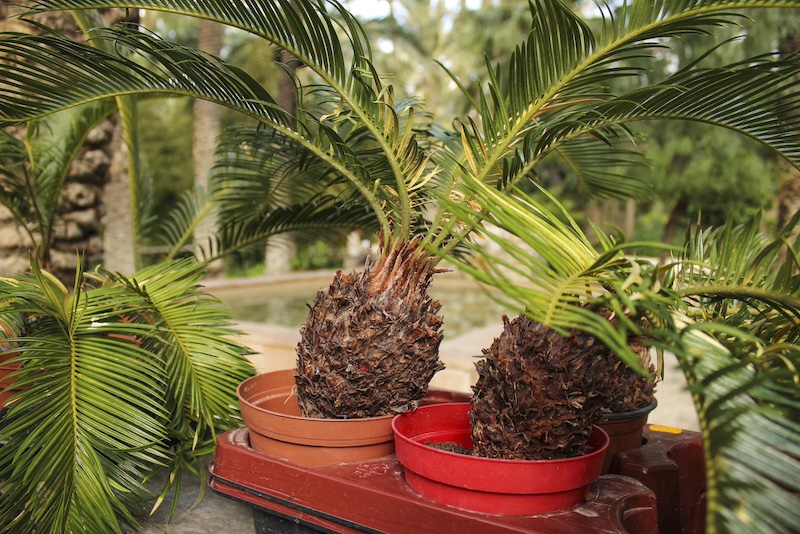
The Sago Palm is a popular ornamental plant with a tropical look. However, all parts of this plant are toxic to cats, with the seeds (nuts) being the most toxic part. Ingestion can lead to severe liver damage and potentially death. Symptoms of Sago Palm poisoning include vomiting, diarrhea, jaundice, increased thirst, bruising, and liver failure.
6. Philodendron (Philodendron spp.)
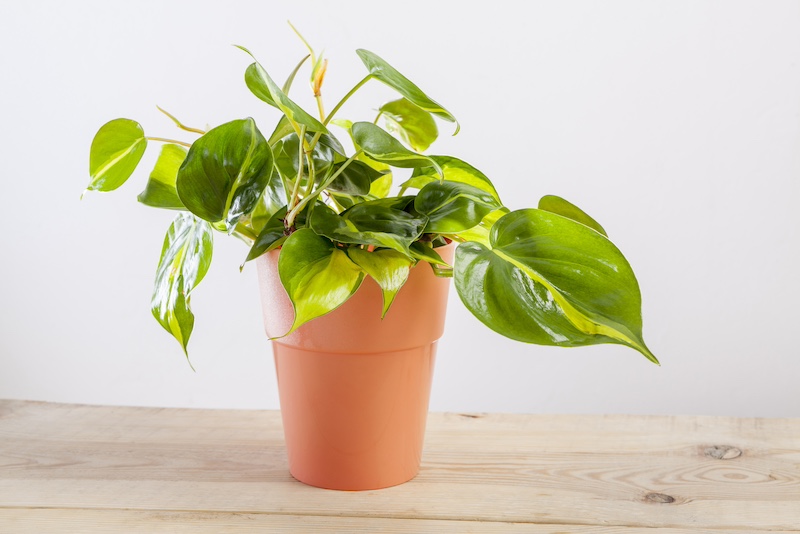
Philodendrons are popular for their lush, green leaves and ease of care. However, they contain insoluble calcium oxalates, which are toxic to cats. Ingesting philodendron can cause oral irritation, pain and swelling of the mouth, tongue, and lips, excessive drooling, vomiting, and difficulty swallowing.
7. Snake Plant (Sansevieria trifasciata)
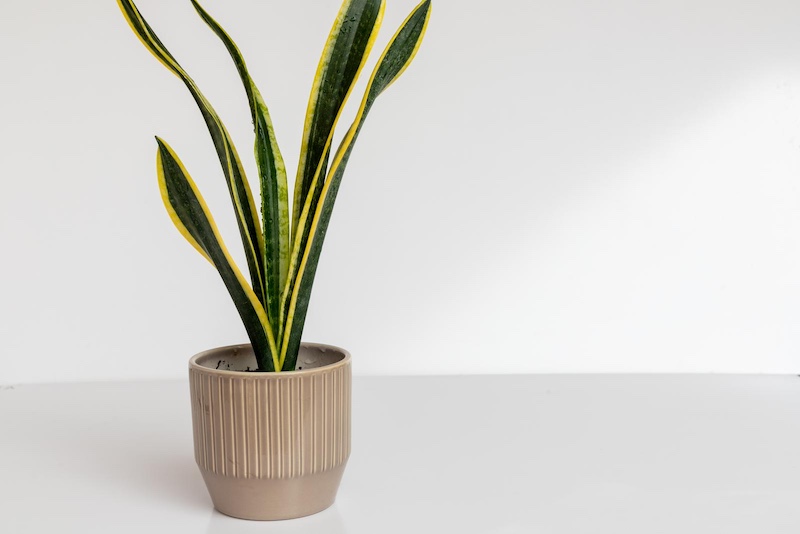
Snake Plant, also known as Mother-in-Law’s Tongue, is appreciated for its low maintenance and air-purifying qualities. Unfortunately, it contains saponins, which are toxic to cats. Symptoms of Snake Plant poisoning include nausea, vomiting, and diarrhea.
8. Kalanchoe
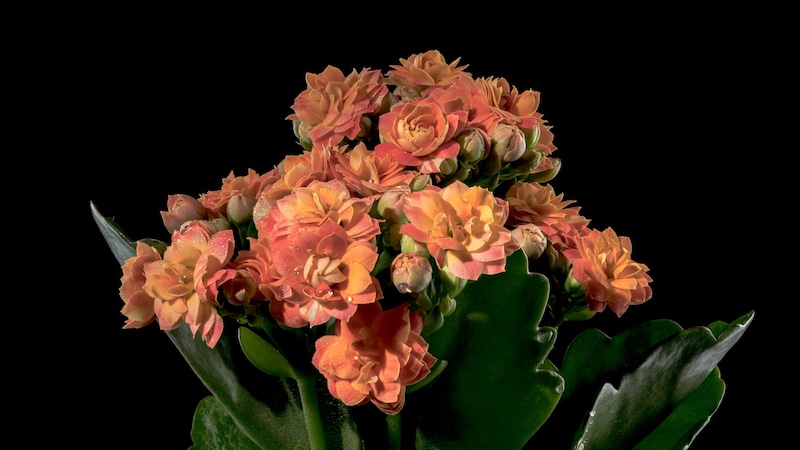
Kalanchoe is a popular flowering succulent often kept indoors for its bright, colorful blooms. However, it contains bufadienolides, which are toxic to cats. Ingestion can lead to vomiting, diarrhea, and, in severe cases, abnormal heart rhythms and seizures.
9. ZZ Plant (Zamioculcas zamiifolia)

The ZZ Plant is loved for its ability to thrive in low light and its minimal care requirements. However, it contains insoluble calcium oxalates that are toxic to cats. Symptoms of ZZ Plant poisoning include oral irritation, intense burning and irritation of the mouth, tongue, and lips, excessive drooling, vomiting, and difficulty swallowing.
10. Oleander (Nerium oleander)
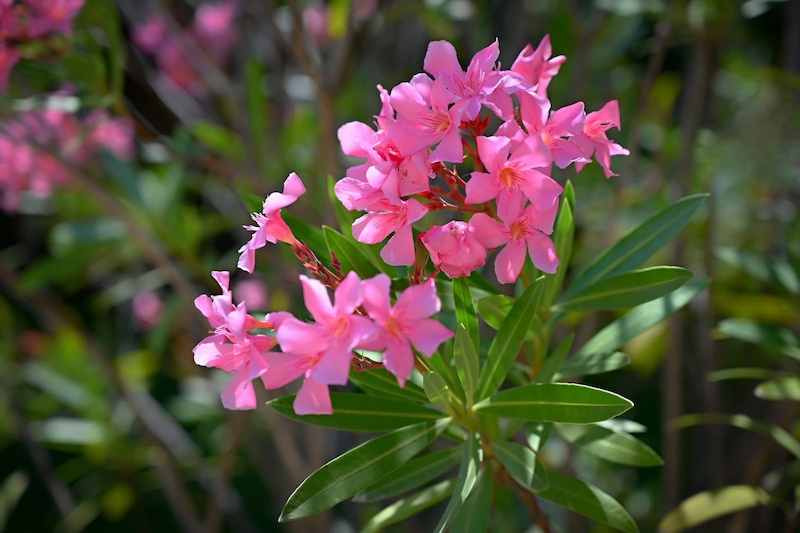
Oleander is often grown indoors for its attractive, fragrant flowers. However, it is highly toxic to cats (and many other animals). All parts of the plant contain cardiac glycosides, which can cause severe heart issues. Symptoms of Oleander poisoning include drooling, vomiting, diarrhea, irregular heart rhythm, and potentially fatal heart failure.

